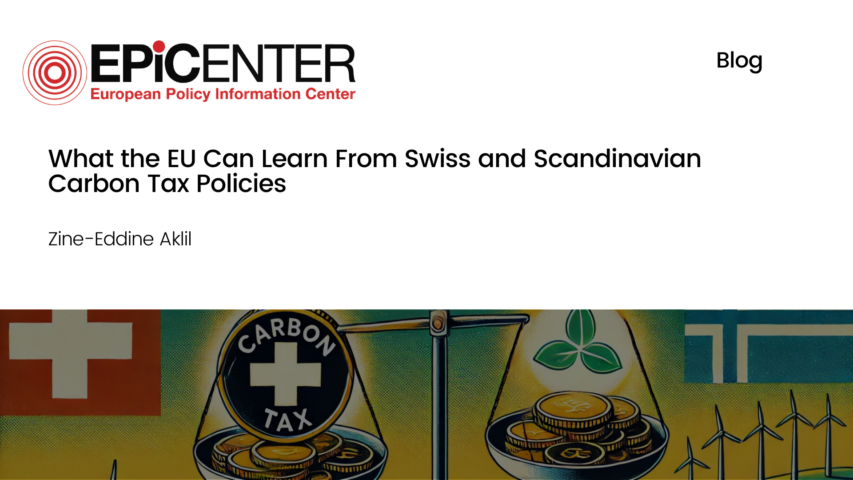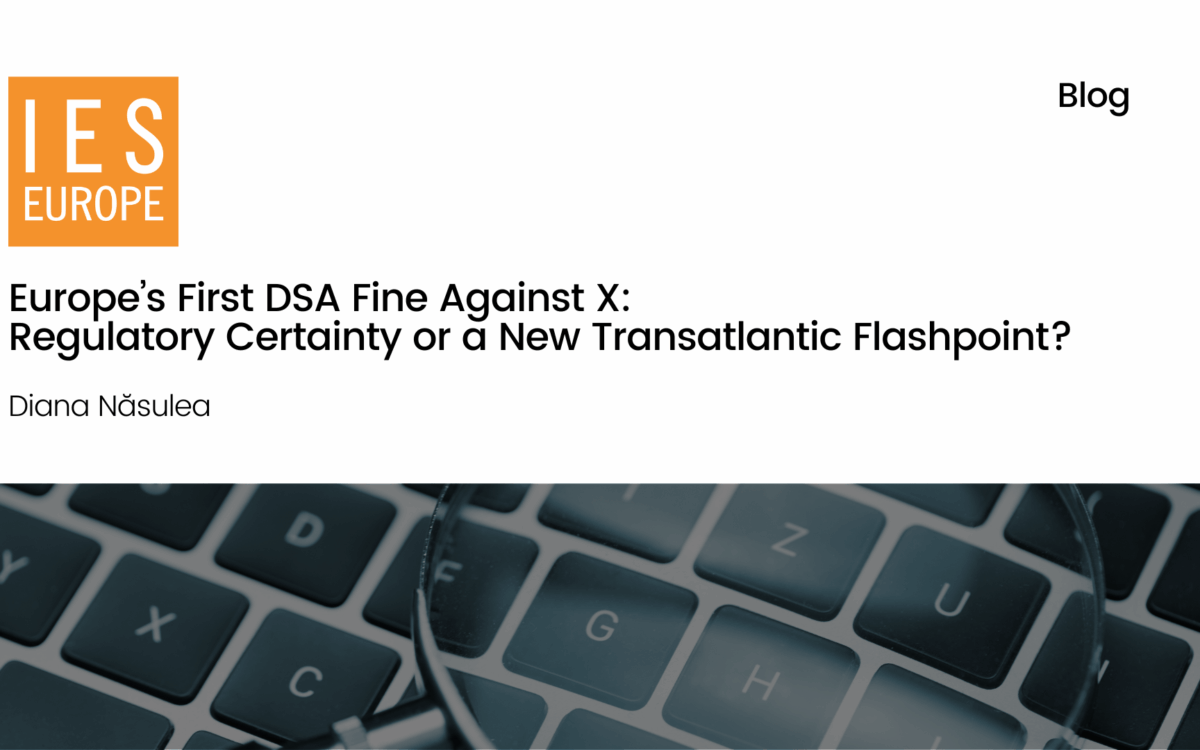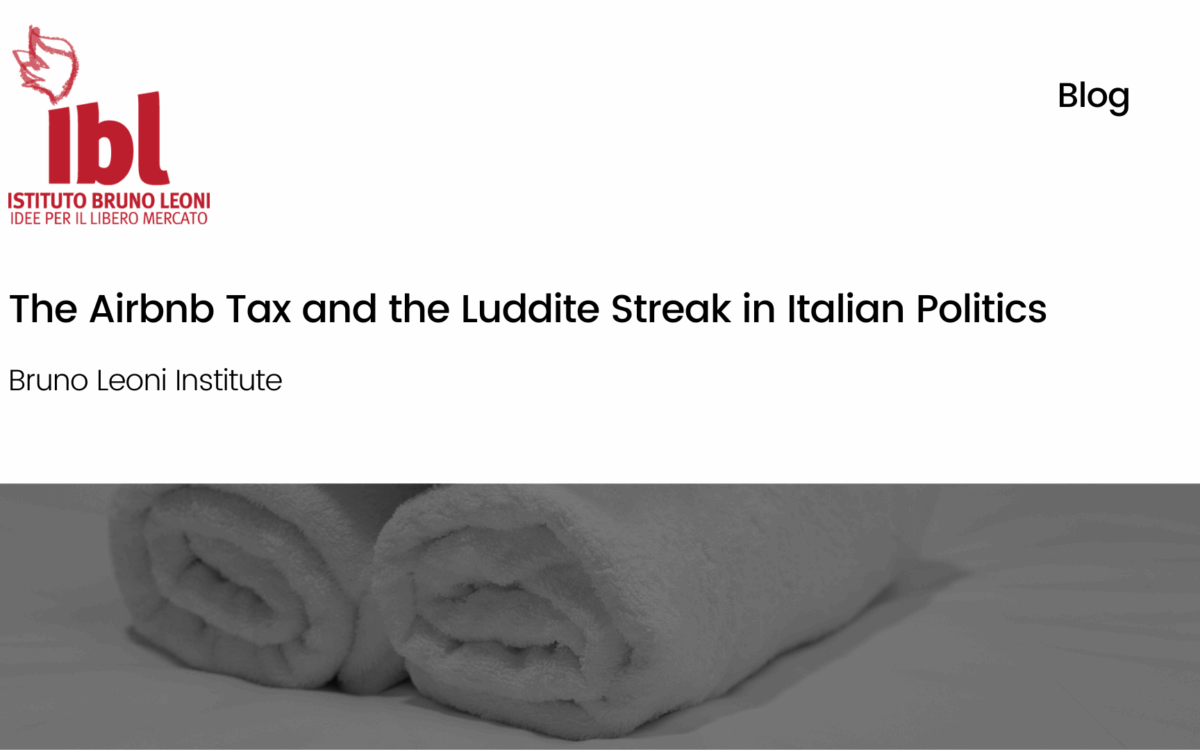What the EU Can Learn From Swiss and Scandinavian Carbon Tax Policies

What the EU Can Learn From Swiss and Scandinavian Carbon Tax Policies
Zine-Eddine Aklil // 31 March 2020
The EU has established a plan to cut greenhouse gas emissions through a €1tn European Green Deal. It aims to make the entire bloc carbon neutral by 2050. It includes a measure that, until now, has been considered too unwieldy, provocative, and legally troublesome for any nation to adopt: a carbon border tax.
Although this idea has been proposed in the past, it has never come to fruition. Critics claimed that the risks associated with such measures were too dangerous. Yet a consolidated carbon tax remains a legitimate and arguably unavoidable policy from both an environmental and an economic standpoint. Germany, which has long opposed the plan, has recently endorsed it, aware that pressure on environmental issues continues to rise.
Swiss and Scandinavian recent industrial history may hold a lesson for the European Commission. When trying to effectively balance climate change and different economic demands, carbon taxes can cut greenhouse emissions and promote free trade.
In 2017, Switzerland had the lowest carbon emissions level among member countries of the Organisation for Economic Co-operation and Development (OECD). The country introduced a carbon tax in 2008, initially amounting to €10 per tonne of CO2, and gradually increasing to €75 per tonne of CO2 by 2016.
To ensure that targets are met, the tax is systematically increased if emissions rise. However, if the targets are met and eventually exceeded, then the tax will be scrapped altogether.
On a macroeconomic scale, this example shows how a carbon tax can incentivise an economy to lower its emissions. Since public opinion is sceptical of the tax system, this removes doubts about the potential motivations of governments seeking to levy additional taxes to pocket the surplus. Funds from carbon taxation can never be in surplus because, if everyone tries to meet the set quota, taxes will be reduced and, if necessary, part of them will be returned to citizens through various welfare initiatives.
Denmark, Sweden, and Finland all introduced a carbon tax in the 1990s which also found relative success. The original idea was to change consumer behaviour by charging people directly, thus reducing oil, gas, and coal consumption. In Denmark, businesses and households were directly taxed on their energy consumption.
“At the time, we were only vaguely conceptualising our greenhouse gas emission reduction targets,” says Mikael Skou Andersen, an economist specialising in this field at the Danish National Institute for Environmental Research (NERI). Today, more than 25 years after the implementation of the policy, the results are conclusive: Denmark has reduced its emissions by 10%. As a result, many industrial sectors now enjoy the best energy productivity in the world.
However, Denmark has achieved these results by doing more than just introducing new taxation. Firstly, 20% of carbon tax revenue was reinvested in technology aiming to improve energy productivity. The remaining revenue was used to help reduce the cost of labour for businesses by cutting their expenses. At a microeconomic level, this was enough to offset the rise in the cost of taxation. Today, the Danish carbon tax amounts to €13 per tonne of carbon. This is in line with the world median price.
Other successful examples of the introduction of carbon taxes and the reduction of labour costs can be found in Finland and Sweden. They have succeeded in reducing their greenhouse gas emissions by 10% and 7% respectively. These policies have been successful because they have been introduced gradually, without stifling the most energy-intensive industrial sectors and giving them time to invest in new energy sources.
For this carbon tax initiative to be successful, the EU can either regulate or make it attractive for consumers to save energy and to use forms of sustainable energy.
There is a general conclusion that can be split in to two parts. First, through a consolidated carbon tax, the EU should be able to convince the citizens of its Member States to embrace taxation. An Ipsos survey showed that people are increasingly reluctant to pay their taxes because they don’t know what they are paying for. It could help to show them the services they have access to through these levies and the expense that would be incurred if it were not public.
The second lesson is that States should be educating people about ecological taxation. Explaining what needs to be done about the environment and what these tax increases are for, and not just disclosing the use of the revenues, is of the utmost importance. It would be necessary to explain how the various economic and regulatory instruments are mobilized to protect future generations.
EPICENTER publications and contributions from our member think tanks are designed to promote the discussion of economic issues and the role of markets in solving economic and social problems. As with all EPICENTER publications, the views expressed here are those of the author and not EPICENTER or its member think tanks (which have no corporate view).



